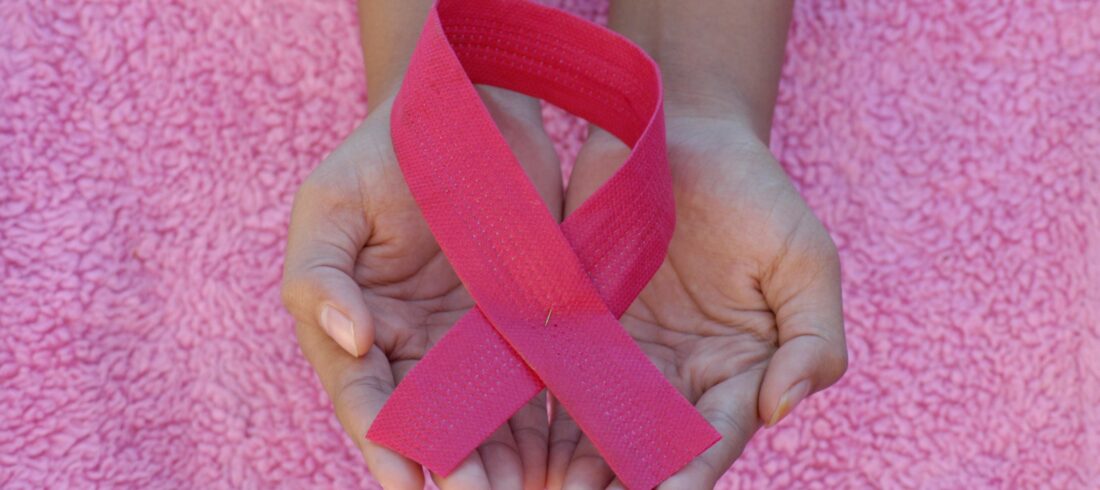October is Breast Cancer Awareness Month, a time when pink ribbons and stories of courage flood our communities. While the awareness campaigns certainly do their part to educate and encourage support, there is one vital message that stands above the rest: the importance of early detection in the fight against breast cancer.
Why Early Detection Matters
Early detection of breast cancer is crucial and allows patients to take proactive steps to protect their breast health. Breast cancer is the most common cancer worldwide, and can affect both women and men.* When detected early, the chances of successful treatment and survival of breast cancer significantly improves.
Detecting breast cancer at an early stage often means less aggressive treatments, such as lumpectomies or targeted therapies, which can be more effective and less physically demanding than further surgeries or chemotherapy. For example, early detection can often preserve breast tissue by reducing the need for potential breast removal (mastectomy).
Additionally, when breast cancer is diagnosed in its early stages (Stage 0 or Stage 1), the five-year survival rate is over 90%. Regular screenings and self-exams can help catch cancer before it has a chance to progress.
Methods for Detecting Breast Cancer Early
Breast Self-Exam (BSE) and Clinical Breast Exams (CBE)
Monthly breast self-exams are a simple but powerful tool for early detection. While not a recommended part of breast cancer screenings, the purpose of a self examination is to become familiar with the look and feel of your breasts so that you can quickly notice any changes. If you find anything unusual, such as a lump, nipple discharge, or changes in skin texture, consult your healthcare professional promptly. Regular clinical breast exams by a healthcare provider are recommended starting in your 20s. These exams can help detect any abnormalities that you might miss during self-exams.
Mammograms and Breast MRI
Mammograms are X-ray images of the breast and are the gold standard for breast cancer screening. Guidelines for when to start mammography vary, but many recommend starting at age 40 and then annually or biennially depending on your risk factors. Breast MRI is used along with mammograms for women who are at high risk for developing breast cancer and not typically used for those with an average risk level. Currently, a mammogram is the best way to find breast cancer and find it early for most women of screening age.**
Know Your Risk Factors
About 1 in 8 women in the United States can expect to develop breast cancer over the course of their lifetime. Understanding your personal risk factors for breast cancer, such as family history and genetic mutations (BRCA1 and BRCA2), can help tailor your screening plan to your specific needs. According to the American Cancer Society, a woman with a BRCA1 or BRCA2 gene mutation has up to a 7 in 10 chance of getting breast cancer by age 80. Other risk factors that typically are out of your control include your gender, age, family and personal history of breast cancer, race, radiation therapy to the chest, and pregnancy or breastfeeding.
Luckily, there are factors that are within your control that can lower your risk of developing breast cancer or other types of cancer. These factors include: maintaining weight through a balanced diet and regular exercise, avoiding smoking and excessive alcohol consumption, and managing your stress and anxiety.***
Ask your doctor about scheduling your breast cancer screening
If you know you are at higher risk for breast cancer or haven’t had a breast exam or mammogram with your physician within the past year, now is a great time to reach out to schedule your breast cancer screening. Contact your primary care provider at Premier Medical Group to make an appointment today.
*https://www.cdc.gov/cancer/breast/basic_info/
**https://www.cdc.gov/cancer/breast/basic_info/screening.htm
***https://www.cdc.gov/cancer/breast/basic_info/prevention.htm

